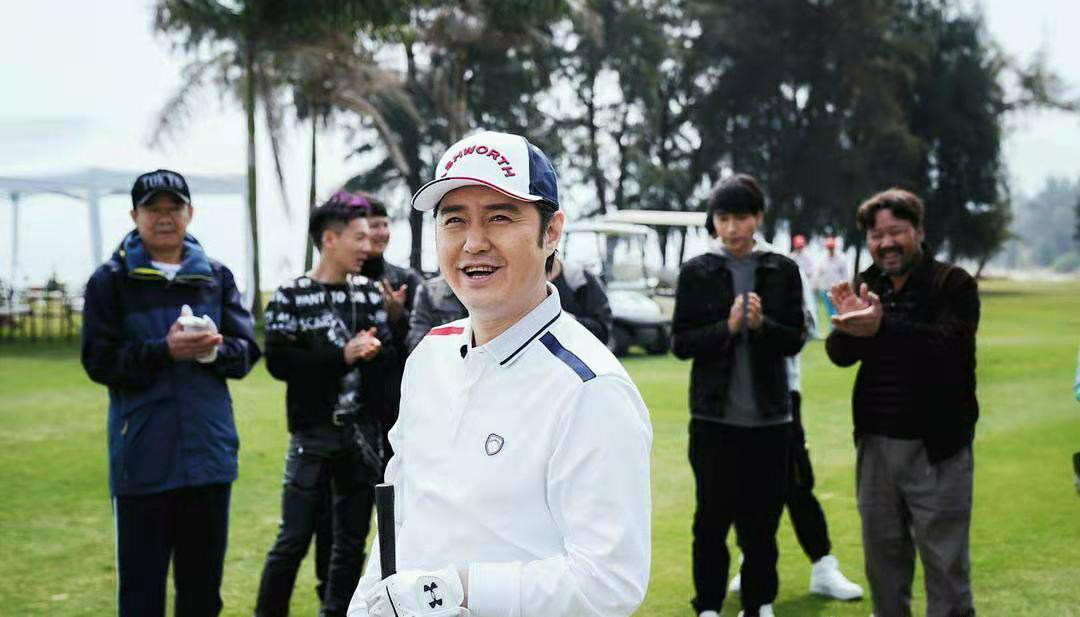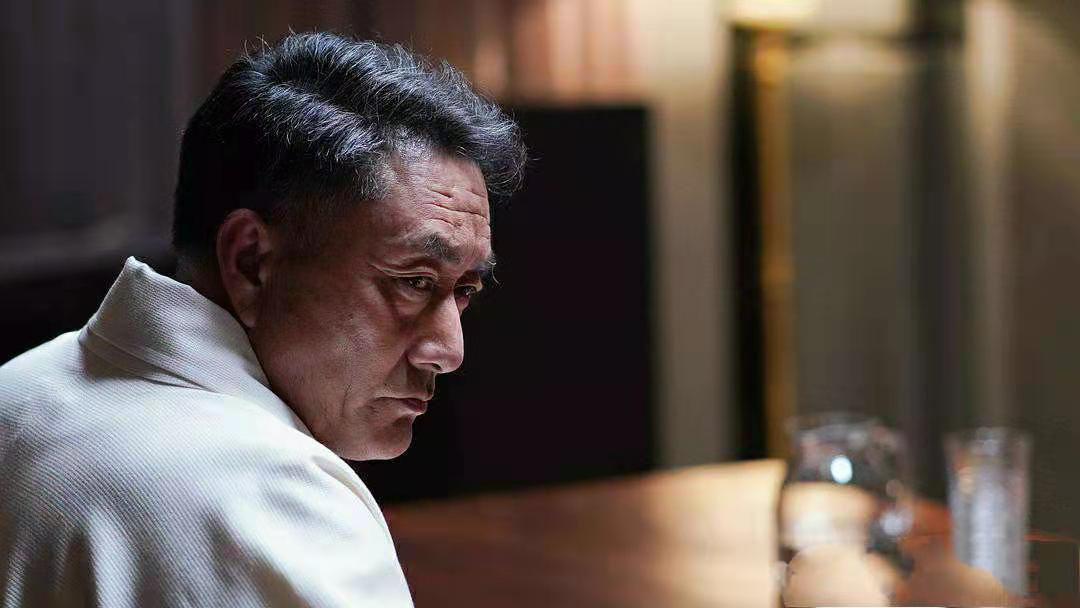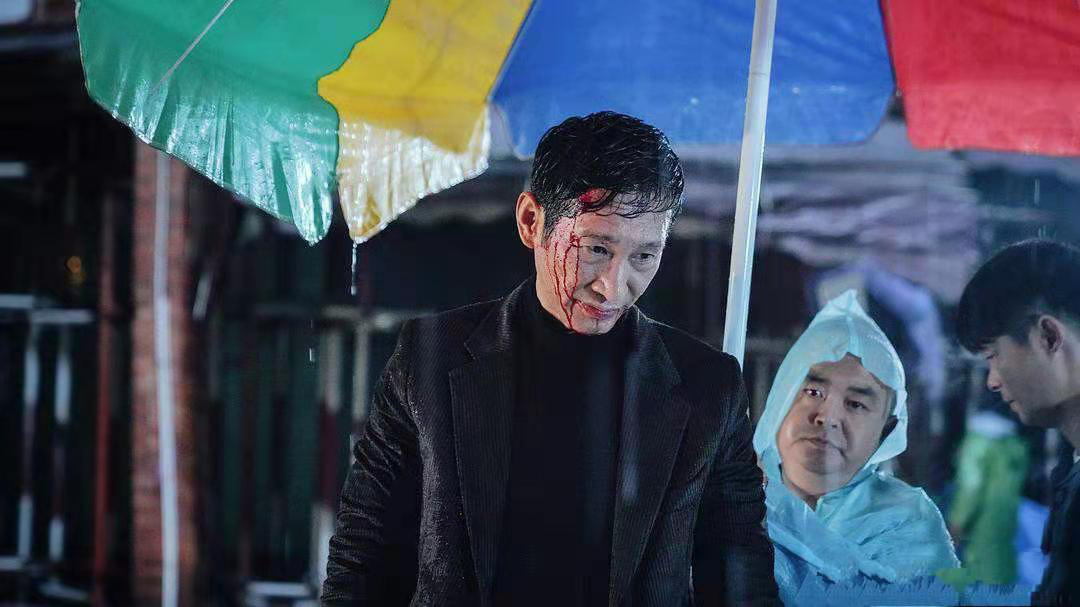According to the data released by the National Bureau of Statistics on September 10th, food prices rose by 10% year-on-year, of which pork prices rose by 46.7% and fresh fruit prices rose by 24%, which was an important reason for the increase in food prices. So, what is the current fruit price trend? Can the price of fruit come down gradually? The reporter conducted an interview on this.
The price increase of fresh fruit in August dropped by 15.1 percentage points compared with the previous month.
At 6 o’clock in the evening, Tianshixin Life Market in Beijing Shifoying is very lively. "Fruits are all reduced in price!" Sister Fan, a fruit vendor, pointed to her own fruit and said, "When grapes first came into the market, Kyoho was more than a kilo of 10 yuan, but now it is about a kilo of 4 yuan. Mo Tong watermelon also dropped from a catty of 3.5 yuan to 3 yuan. Compared with this time last year, the price has not risen, and the price of Apple has dropped a lot! "
In Urumqi, more than 2,500 kilometers away, Mr. Zhang, who is waiting in line at the fruit shop, pointed to the peaches in the basket and said, "Such a good flat peach was sold to 32 yuan for one kilogram at the most expensive last year, and it was not in 20 yuan when it was first listed this year. Now it can be bought in 10 yuan."
The sales price of fruit in the market has dropped, and the purchase price of fruit beside the orchard is relatively stable.
Luochuan County, Yan ‘an, Shaanxi Province, has an apple planting area of 530,000 mu. It is estimated that the output of apples will exceed 930,000 tons this year, and the output value is expected to exceed 5 billion yuan. It is a veritable "hometown of apples". Today, it is the most prosperous time for Luochuan Apple to trade.
"Early-maturing apples are 4 yuan per catty on the first day, 3.5 yuan on the second day, 2.5 yuan on the third day, and then stabilized in 2 yuan." Jia Jiali, a villager in the third group of Zhuniu Township, Luochuan County, planted 6 mu of apples this year. On September 4, foreign wholesalers went to the street to start buying apples. "Most of my family are late-maturing Fuji, and this year’s output is high. It is estimated that the purchase price will be one catty in 3 yuan, slightly lower than last year."
In Shanxi, Yang Xinmin, a fruit grower in Xicun, yongji city, planted 7 mu of red Fuji apples. He has the same feeling about the change of fruit purchase price. "The early-maturing apples planted in the village, when they first went on the market, the purchase price was one kilogram and one piece of seven or eight, followed by only one piece of four or five. Late-maturing Fuji apples are estimated to be only seven or eight cents a catty, which is less than one dollar, which is more than half lower than last year. " Yang Xinmin said.
According to the national data, since July, with the large number of seasonal fruits such as watermelon, melon, peach and apricot on the market, the prices of various fruits in the market have gradually dropped. In August, the price of fresh fruit rose by 24% year-on-year, and the growth rate dropped by 15.1 percentage points from the previous month.
According to the price monitoring of China Fruit Circulation Association, on September 6th, the wholesale price of Red Fuji (above the second grade of 80mm) in China dropped from the highest point of 14.71 yuan per kilogram on July 2nd to 13.15 yuan, a decrease of 7.6%. The wholesale price of Huangguan pear (weighing more than 250g) dropped from the highest point of 15.19 yuan per kilogram on June 25th to 6.09 yuan, down by over 59.9%. The national average wholesale price of Kyoho grapes also dropped to 7.98 yuan per kilogram from 9.8 yuan on August 6th.
Factors such as widespread low-temperature freezing weather and reduced fruit production in southern China have pushed up fruit prices.
The price of fresh fruit attracts people’s attention, mainly because since Tomb-Sweeping Day this year, the prices of bulk fruits, such as apples and pears, have risen rapidly, and the speed and range of increase have exceeded those of previous years.
According to the data released by the National Bureau of Statistics, in April, the national fresh fruit price rose to double digits year-on-year. Since then, the fresh fruit price has been rising all the way. In June, the fresh fruit price rose by 42.7% year-on-year, which reached the peak of this year, affecting the CPI increase by about 0.71 percentage points. However, the year-on-year increase in fresh fruit prices in July has narrowed to 39.1%; From the ring comparison, the price of fresh fruit decreased by 6.2% in July.
Is the increase in fruit prices caused by the increase in production costs? The reporter learned from interviews in Xinjiang, Shaanxi and Shanxi that the planting cost and transportation cost have not changed much in recent years. "The labor cost is about one day from 100 yuan to 120 yuan, plus the cost of chemical fertilizers, pesticides and fruit bags. The total cost of 6 mu of land is 17,000 yuan, and the cost has been relatively fixed in recent years." Jia Jiali said.
So what is the reason for pushing up the price of fresh fruit?
"In the first half of this year, especially in the second quarter, fruit prices rose sharply and quickly, which was caused by the superposition of comprehensive factors." Lu Fangxiao, president of China Fruit Circulation Association, said.
First of all, last year, the weather was bad, and the fruit output declined, which led to a decrease in inventory this year and pushed up the fruit price. According to Lufang School, during the period of Tomb-Sweeping Day in 2018, the nationwide low-temperature freezing weather had a great impact on the fruit producing areas. The output of the main apple and pear producing areas such as Shandong, Shaanxi, Hebei, Gansu, Henan, Shanxi and Xinjiang all decreased to varying degrees. The main reasons for the general increase in fruit prices were the decline in output, the lack of stocks and the changes in the relationship between supply and demand in the market.
"April and May are the off-season of fruit supply every year. In summer, fruits have not been listed in large quantities, and the varieties are not rich. There are fewer types of fruits to choose from, and the stocks of apples and pears are small, which further increases the prices of fruits such as apples and pears." Lu Fang said.
Secondly, in the first half of this year, the extreme weather was "difficult to destroy flowers", which led to the reduction of fruit production in the south and further increased the price of fresh fruit. Zhao Junye, a researcher at the Institute of Agricultural Information, Chinese Academy of Agricultural Sciences, said that in the first half of the year, due to adverse weather, southern fruits such as litchi were reduced due to disasters, and the listing of watermelons and melons was delayed, which overlapped with the low inventory of stored fruits such as apples and pears, and the staged supply in the fruit market was tight, which led to a significant increase in fruit prices in the first half of the year, especially in May and June.
Finally, digesting high-priced stocks has also led some fruit vendors to be reluctant to cut prices. Li Bingliang, a fruit merchant who is engaged in fruit purchase and wholesale in Urumqi, told reporters that most of the red Fuji apples on the market are still in stock last year. Because of the high purchase price and long-term storage in cold storage, these costs can’t be reduced too low, but with a large number of fruits in season this year, there is no market for high-priced apples in stock last year.
There is a bumper harvest of fruit this year, and the price will return to a reasonable level.
"From the price curve of the past years, July and August are the times when apples are green and yellow. Most of the apples sold are frozen last year, and the price is the most expensive, while the harvest season is often the low price." Qu Zhigang, director of the Apple Marketing Office in Luochuan County, Shaanxi Province, said, "It can be expected that the price of apples will fall from a high level and tend to be stable in the next few months."
According to the investigation of China Fruit Circulation Association, only a few small areas have abnormal weather during flowering this year, and most apple and pear producing areas have a bumper harvest in sight. According to the main producing areas, the amount of apple bagging in 2019 has increased significantly compared with that in 2018. The newly-built orchards in western producing areas such as Shaanxi, Gansu and Xinjiang will be put into production one after another, and the total output will increase. In addition, the purchase price of fruits in the 2018 season is high and the benefits are good. Fruit farmers will increase investment and strengthen management in the orchards in the 2019 season, and the quality will also be improved.
"It is estimated that the total output of apples and pears will reach or exceed the historical peak in 2019. In addition, imported fruits will continue to enter the China market, and the domestic market supply is sufficient to fully meet the market demand, and the fruit price will return to a reasonable level." Lu Fang said.
According to reports, the origin of China’s imported fruits has expanded to more than 60 countries and regions. According to the data released by the Ministry of Agriculture and Rural Affairs, the import of fruits and products in the first half of the year was 4.17 million tons, up 31% year-on-year. The import channels were basically smooth and the import momentum was strong.
"The overall supply of fruit is abundant, which will drive the price of fruit to continue to fall. Homogenized ordinary and low-end fruits may be difficult to sell at low prices during the centralized listing period, while high-quality and characteristic fruits that meet the needs of consumption upgrading can still sell at higher prices. " Zhao Junyi said.































